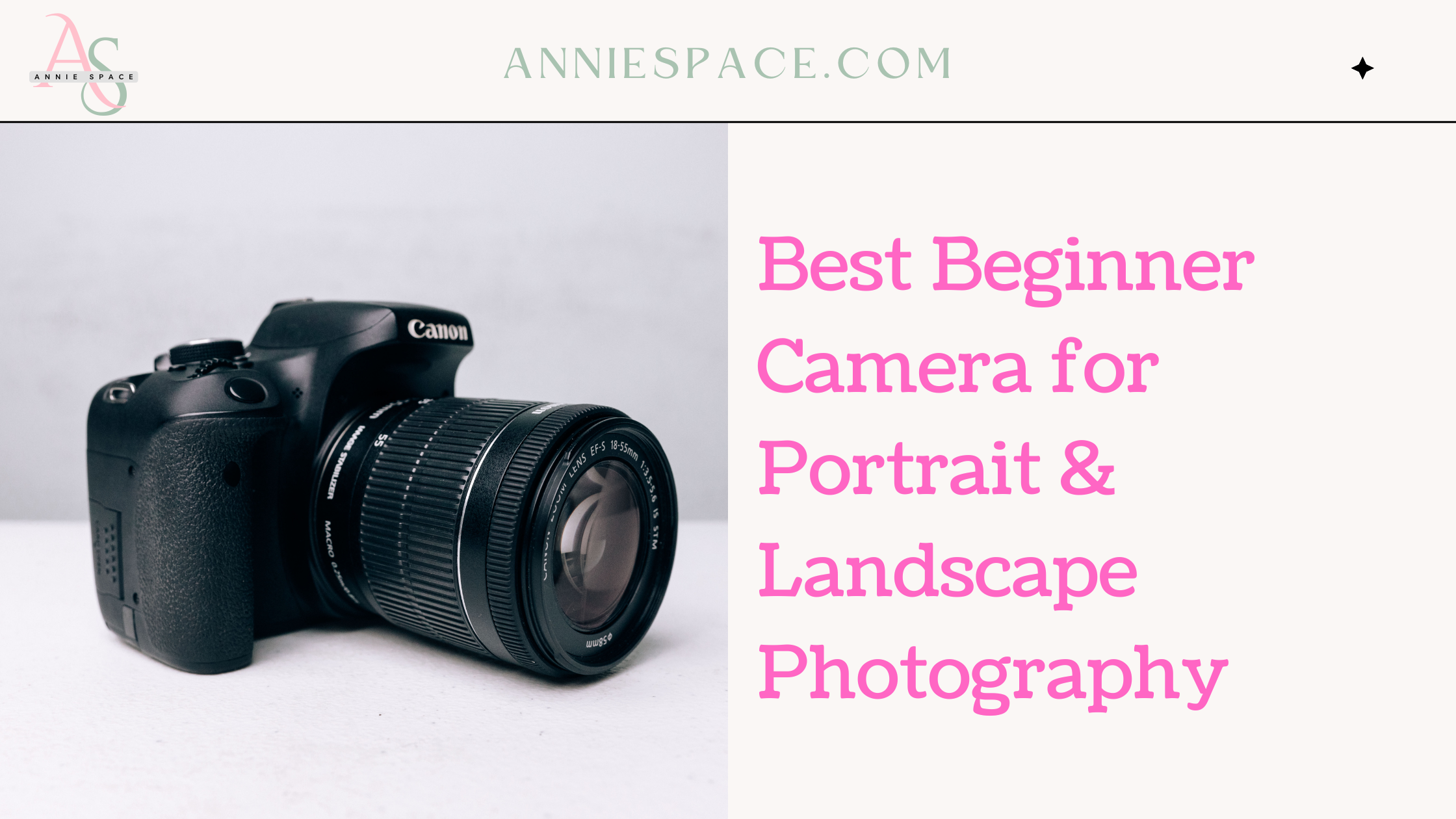When you’re new to photography, choosing the right camera can feel overwhelming. With so many options on the market, it’s crucial to strike a balance between usability, quality, and cost—especially when you’re planning to focus on portraits, social events, and occasional landscapes. One model you may have come across is the Canon EOS 250D with an EF-S 18-55mm f/4-5.6 IS STM kit lens. But is it the best choice for a budding photographer, especially in low-light situations? Let’s explore this in more depth.
The Canon EOS 250D: A Solid Start?
The Canon EOS 250D, also known as the Rebel SL3, is a DSLR that’s frequently recommended for beginners. Its main appeal lies in its simplicity and affordability. It offers solid image quality, a relatively compact design for a DSLR, and compatibility with Canon’s extensive range of EF and EF-S lenses. For portrait and landscape work, this model will undoubtedly give you a solid starting point. However, there are some key considerations to bear in mind.
- Lens Limitations:
- The 18-55mm kit lens is versatile enough for general photography but does have limitations, particularly in low-light conditions. For events or night photography, you might notice that your photos don’t have the sharpness or brightness you’d expect. While this lens can capture good daytime portraits and landscapes, low-light indoor shots might be a struggle.
- If you plan to shoot portraits often, investing in a 50mm f/1.8 prime lens could be a game-changer. Known as the “nifty fifty,” this lens allows more light into the camera, creating a beautifully blurred background while keeping your subject sharp. It’s also one of the most affordable lens upgrades you can make.
- Low Light and Night Photography:
- Many events, especially social ones, occur in poor lighting. To compensate for this, having a lens that can open to a wider aperture (like the 50mm f/1.8) is crucial. This feature will allow your camera to capture more light, reducing the graininess and blurriness that often plague beginner photographers in dark settings.
- Another way to handle low light situations is by using a tripod for long-exposure shots. If you’re photographing landscapes at dawn or dusk, or even cityscapes at night, a tripod paired with the 18-55mm lens can help you capture more detail without camera shake.
Considering Mirrorless: A Future-Proof Option?
In the photography world, there’s a clear shift happening from DSLR to mirrorless cameras. One alternative you might consider is the Canon EOS R50. It’s a mirrorless option that’s a little pricier, but the benefits may outweigh the initial cost—especially if you’re looking to future-proof your investment.
- Portability and Weight:
- Mirrorless cameras, like the R50, tend to be lighter and more compact than DSLRs. This can make a significant difference, especially when you’re shooting events where you’ll be carrying your gear for extended periods.
- Autofocus Technology:
- One of the standout features of Canon’s newer mirrorless cameras is their advanced autofocus systems, which are faster and more accurate than the older DSLR counterparts. This feature can be especially helpful when you’re shooting moving subjects, such as people at social events or even pets.
- Versatility with Lenses:
- The R50 uses Canon’s RF mount, which gives access to a range of high-quality lenses designed for mirrorless cameras. If you already own EF or EF-S lenses from Canon, you can use them on RF-mount cameras with an adapter. However, keep in mind that for optimal performance, investing in RF lenses down the road will give you the best results.
What About Landscape Photography?
When it comes to landscapes, the 18-55mm kit lens that comes with the Canon EOS 250D or R50 will suffice for wider shots. However, if you want to experiment more with landscape photography, especially in tighter or more scenic spots, you might eventually look into getting a wide-angle lens. A lens in the 10-18mm range can help you capture expansive vistas in stunning detail.
Final Thoughts: What Should You Choose?
If you’re just starting out and want something that works well for portraits and social events, either the Canon EOS 250D or Canon EOS R50 are fantastic options. The decision boils down to your priorities:
- Budget-conscious photographers who don’t mind the size and weight of a DSLR may find the Canon EOS 250D to be more than enough to meet their needs, especially with an upgrade to a 50mm f/1.8 lens for portrait and low-light work.
- If you’re more interested in future-proofing and would appreciate a lighter, more advanced camera, the Canon R50 offers a great entry into the world of mirrorless cameras. With better autofocus and the ability to grow into a more advanced system, it may be worth the investment, especially if you spot a good deal.
Whichever path you choose, the key to improving your photography skills will be practice. Experiment with different lenses, settings, and styles to see what works best for you. Whether you’re capturing the glow of a sunset or the perfect portrait at a wedding, the right camera—and most importantly, the right lens—will help you create stunning photos.

